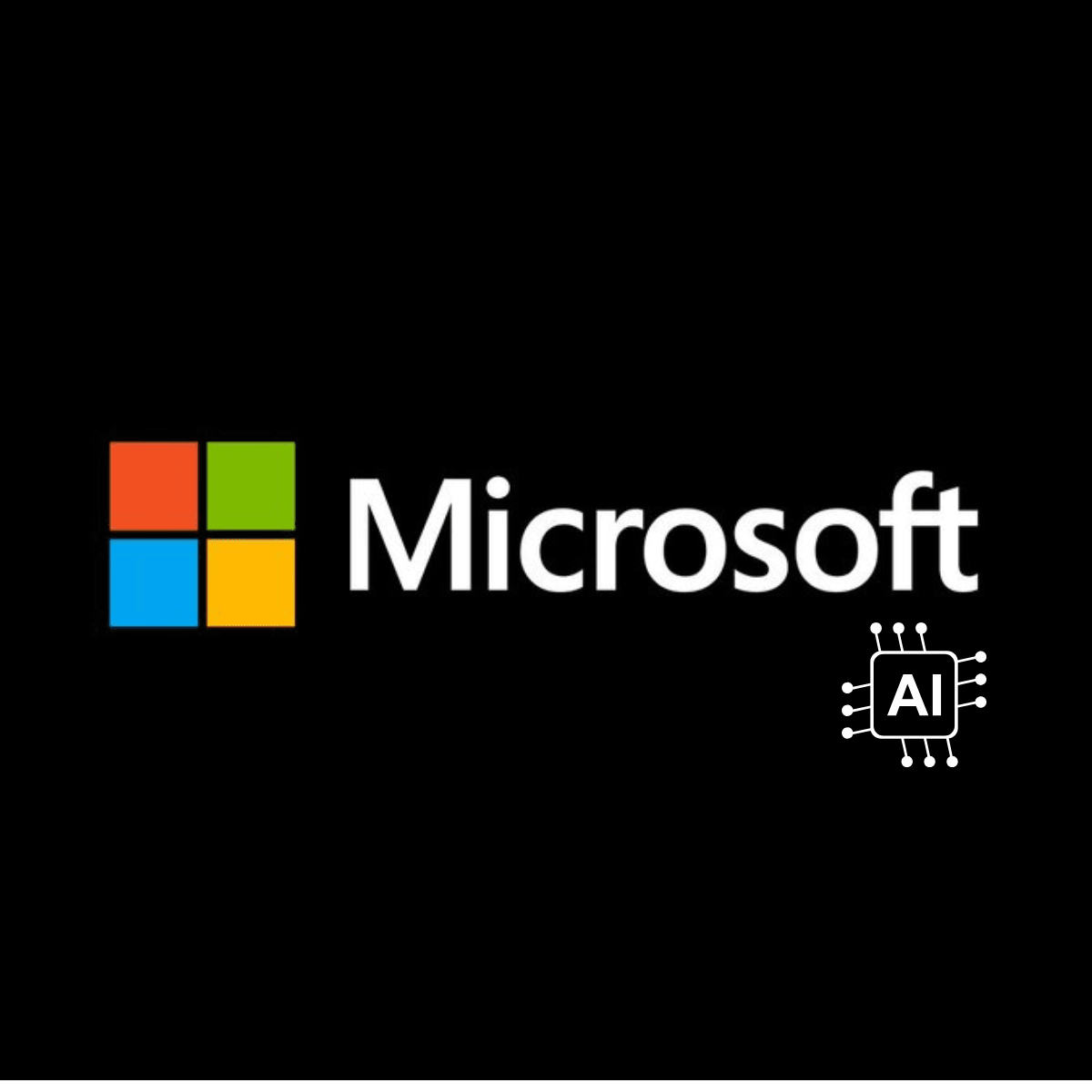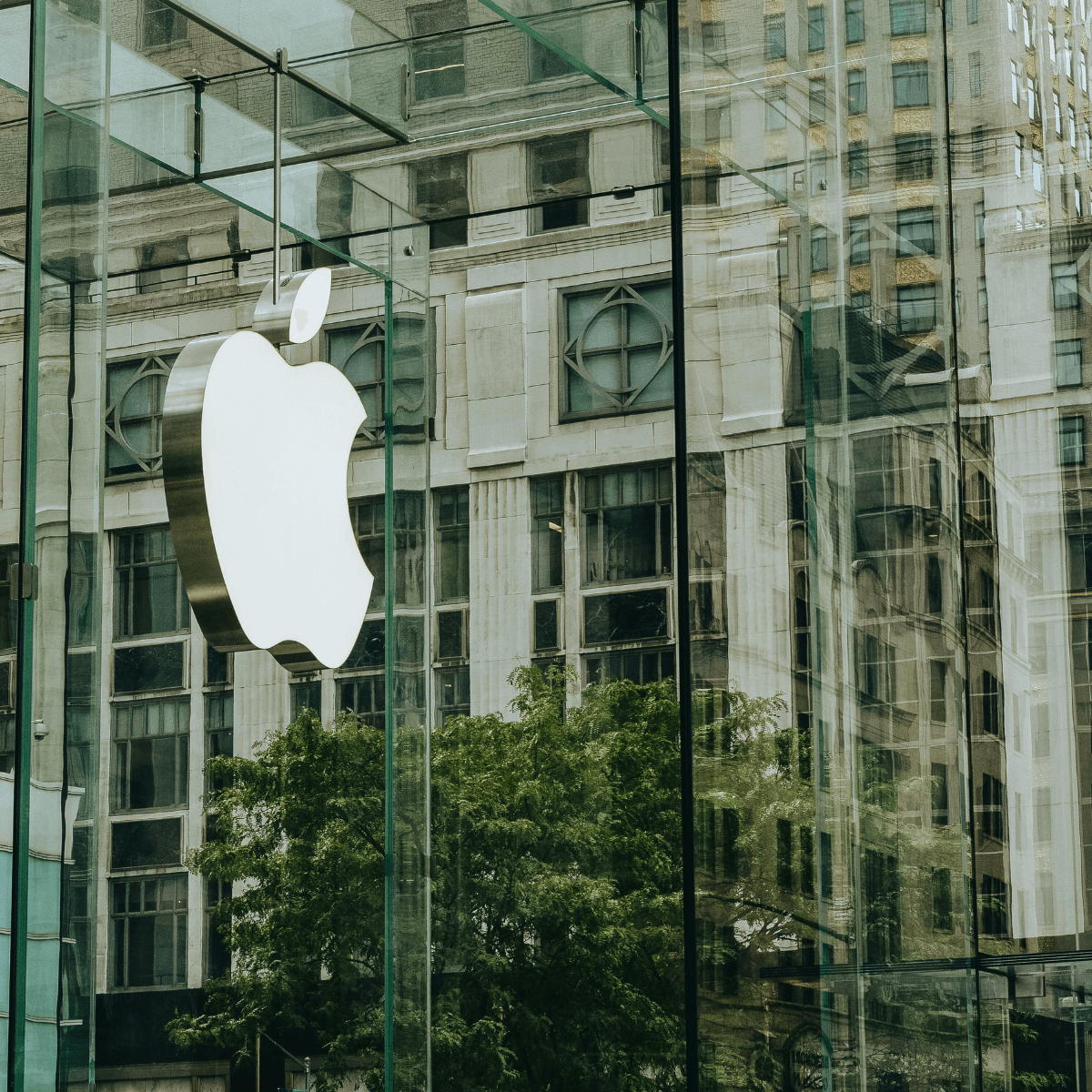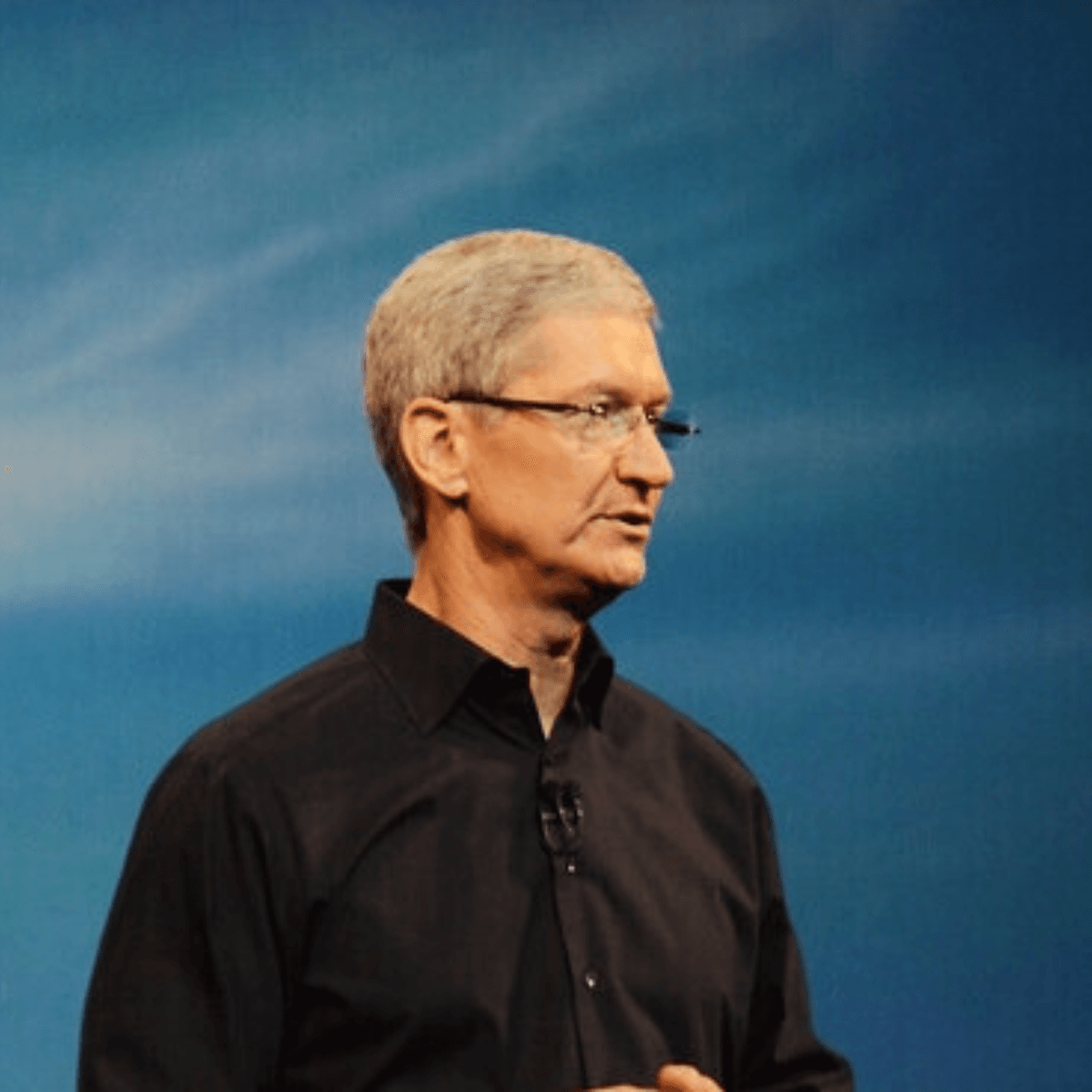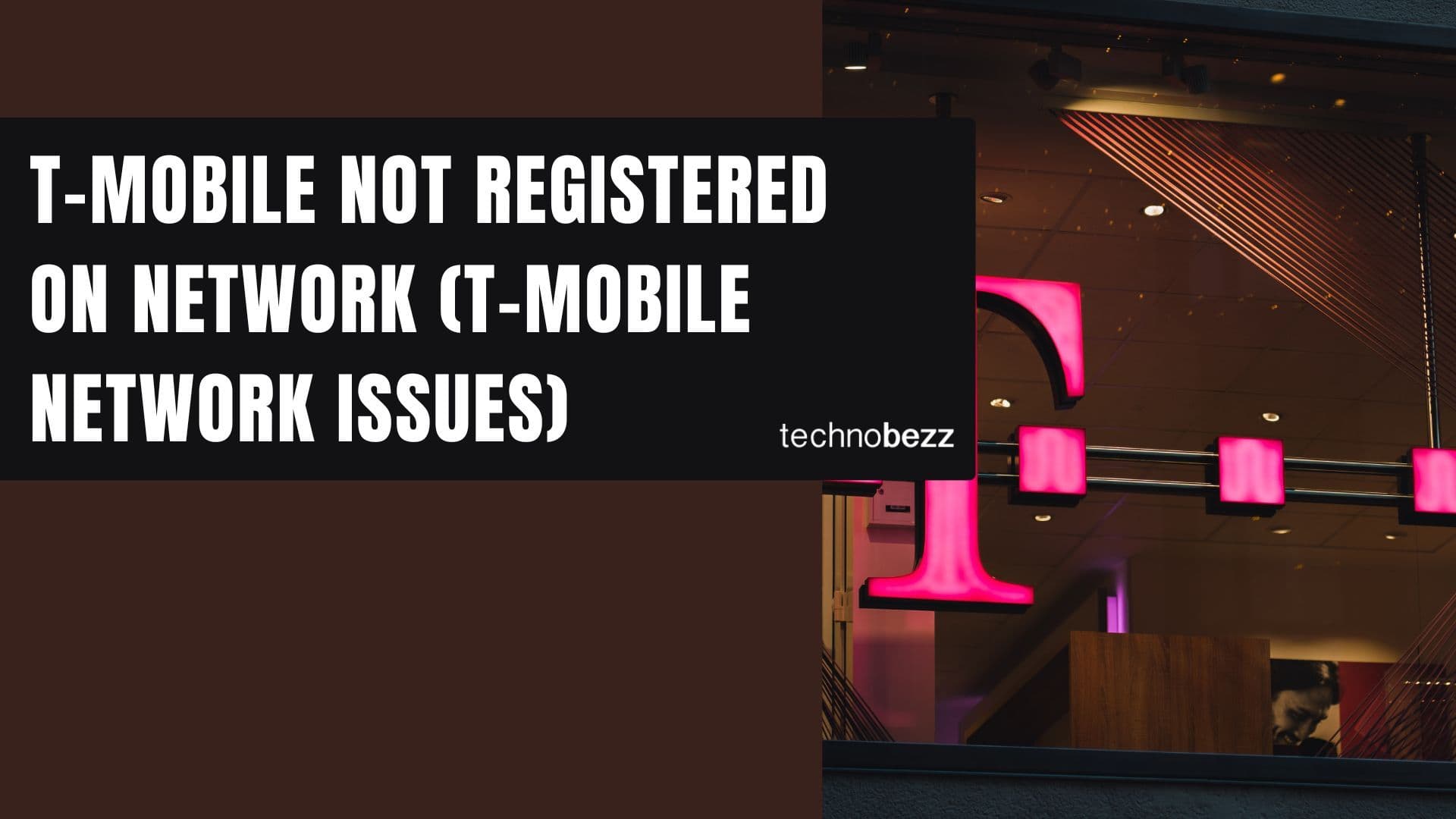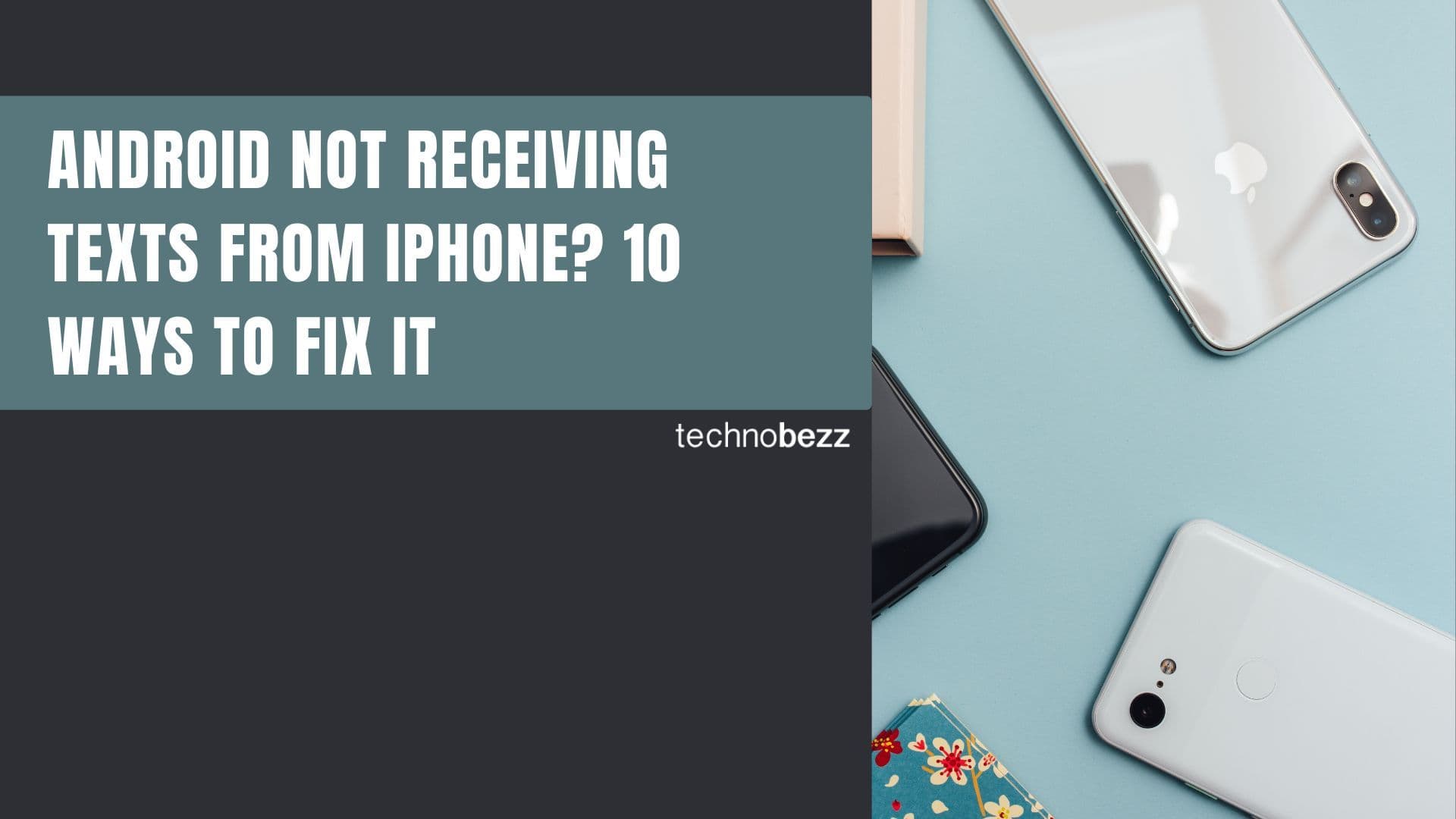Microsoft is facing a perfect storm of user frustration as its aggressive AI push collides with basic functionality failures, revealing a stark divide between what the company wants to build and what users actually need. The backlash against Windows 11's AI features combined with emergency patches for broken core functions suggests users aren't asking for an "agentic OS" : they just want their computers to work reliably.
You can also set us as a preferred source in Google Search/News by clicking the button.
Here's the thing: when your recovery environment stops working because of a mandatory security update, it's hard to get excited about AI that can "look at your screen." Microsoft confirmed that the Windows 11 KB5066835 update had broken the Windows Recovery Environment (WinRE), rendering it useless for many users because a bug blocked mouse and keyboard functionality. This came just days after the company ended free security updates for Windows 10 users, creating a cascade of problems that required emergency patches.
Meanwhile, the company's controversial Recall AI feature: which Microsoft confirmed will be something users can disable but not entirely remove, continues to draw criticism. The feature, which takes real-time screen analysis to create a searchable memory of everything you do on your computer, is now rolling out to all Copilot+ PCs via the April 2025 update after being delayed twice throughout 2024. But privacy concerns and security worries that pushed back its rollout from June to October, then to December for Windows Insiders, and Microsoft's recent comments suggest the company isn't backing down from its AI-first approach despite ongoing backlash.
Users are pushing back hard against what Windows chief Pavan Davuluri calls the "agentic OS" vision. In online forums and comment sections, the sentiment is overwhelmingly negative. "Its evolving into a product that's driving people to Mac and Linux." said one user, while another complained: "Here's a crazy idea, how about mmm.. just give us Windows 7 back ? clean UI, clean icon, a unified control panel, no bloat apps , no ads, just a pure performant os"
The company is working on Model Context Protocol (MCP) for Windows 11 to help it become what Microsoft describes as an AI OS that will be "more ambient, more pervasive, more multi-modal." Using features like Copilot Vision, it will be able to "look at your screen" and do more, essentially turning Windows into an operating system that can "semantically understand you."
But this vision clashes with the reality of what's happening on the ground. The October Windows 11 updates introduced a regression in the kernel-mode HTTP server (HTTP.sys) that broke localhost connections, affecting developers trying to debug web applications. File Explorer document previews stopped working in the Preview pane, falsely citing security issues. Some Logitech peripherals stopped functioning properly. It's the kind of basic functionality breakdown that makes users question whether Microsoft has its priorities straight.
This isn't Microsoft's first rodeo with user backlash forcing course corrections. Back in 2013, the company had to bring back the Start button in Windows 8.1 after widespread criticism of the Windows 8 interface. The pattern is familiar: Microsoft pushes a radical new vision, users revolt, and the company eventually compromises. But this time, the stakes are higher because the AI features being pushed aren't just interface changes : they're fundamental shifts in how the operating system works and what data it collects.
The Register summed up the situation neatly:
"All this means that, within the same week, Microsoft's installer broke, its new OS borked local development, and Redmond's multimillion-dollar upgrade push instead highlighted how fragile its ecosystem still is."
What users seem to want is simple: take the reliable functionality of Windows 10, add modern security updates, and leave out the AI features that raise privacy concerns and break existing workflows. They want 2015-era software stability with 2025-level security, not an operating system that watches everything they do while struggling with basic file management.
As Microsoft continues its push toward an AI-driven future, the growing backlash suggests the company might need to listen more carefully to what users are actually asking for. Because right now, it feels like Microsoft is building the operating system it wants users to have, rather than the one they actually want.
